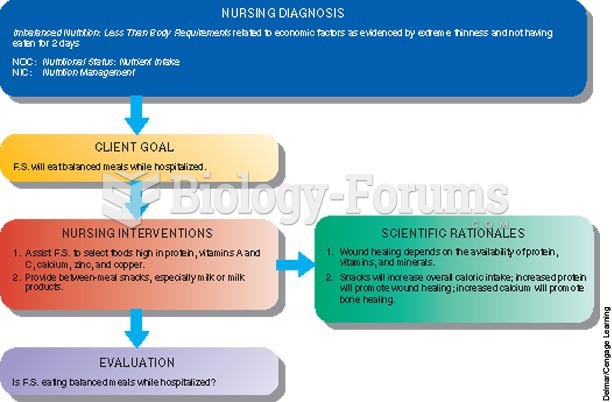This topic contains a solution. Click here to go to the answer
|
|
|
Did you know?
In 2006, a generic antinausea drug named ondansetron was approved. It is used to stop nausea and vomiting associated with surgery, chemotherapy, and radiation therapy.
Did you know?
Only one in 10 cancer deaths is caused by the primary tumor. The vast majority of cancer mortality is caused by cells breaking away from the main tumor and metastasizing to other parts of the body, such as the brain, bones, or liver.
Did you know?
Medication errors are more common among seriously ill patients than with those with minor conditions.
Did you know?
Your heart beats over 36 million times a year.
Did you know?
Most childhood vaccines are 90–99% effective in preventing disease. Side effects are rarely serious.






